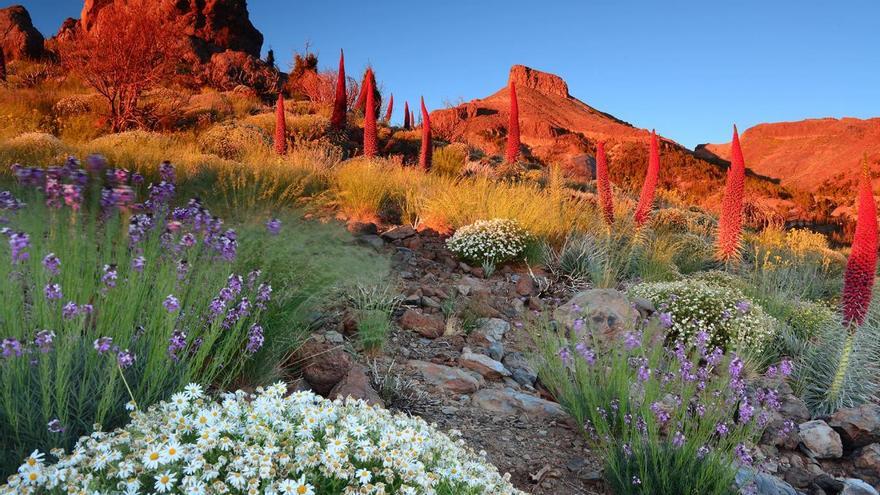
The Governing Council of the Council of Tenerife has approved a endowment of 1,221,878 euros to carry out the conservation, restoration and ecological monitoring of the Teide National Park ecosystem for the next three years.
“The main cause that justifies this order is to achieve an effective recovery of the natural habitats and of the species that inhabit the area. Teide National Parkthe most important protected natural area of our island territory”, indicated the president of the Island Council, Pedro Martín, who added “it was not in vain that in 2007 it obtained the title of World Heritage and is one of the most visited places in the whole country”.
The Minister of Natural Environment and Security Management, Isabel García, added that “it is necessary to achieve a correct state of conservation of the Park’s natural resources, for which increase populations of threatened species and analyze and protect the state of health of natural ecosystems, while it is intended to evaluate the management measures in place and guarantee an appropriate level of knowledge of the state of conservation”
The purpose of this proposal is to undertake a series of actions that have a direct impact on management, either because they facilitate the execution of some necessary measures, or because they help to make appropriate decisions on conservation in cases where prior knowledge is required. 21 different performances are included, which can be grouped into three groups: the genetic rescue of endangered florathe restoration of natural habitats and ecological monitoring.
Among these works are the control and monitoring of species declared as threatened in the official lists of threatened species, the study of the genetics of the longest-lived cedars, the collection of seeds of species such as Helianthemum juliae, Stemmcantha cynaroides, Bencomia exstipulata, Silene nocteolens, Laphangium teydei, Viola guaxarensis, Ephedra major, and Juniperus cedrus and the nursery production of plants from these seeds, as well as the maintenance of the El Portillo botanical garden.
In addition, it also contemplates mouflon and rabbit census, and the capture and marking of crows. Ravens are birds with an important role in the dispersal of cedar seeds. However, in recent decades they have stopped nesting in the National Park, despite the fact that they visit this protected space sixty or seventy days a year. This action is intended to locate their places of origin and the usual routes in the Park and its suburbs, with a view to favoring their settlement within the protected area.















